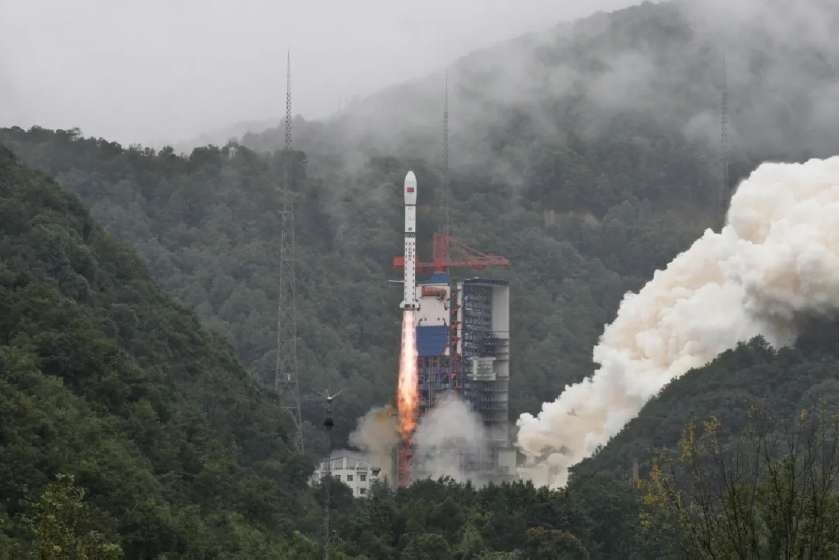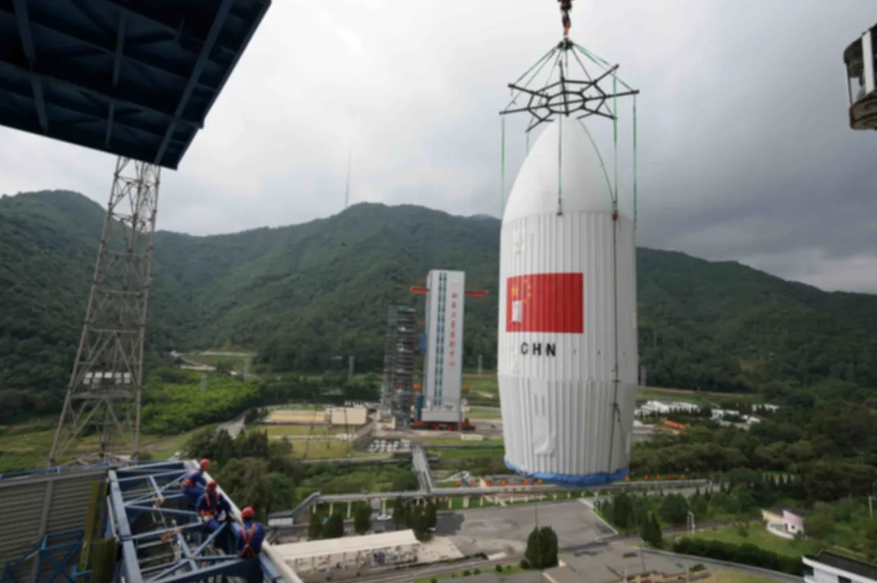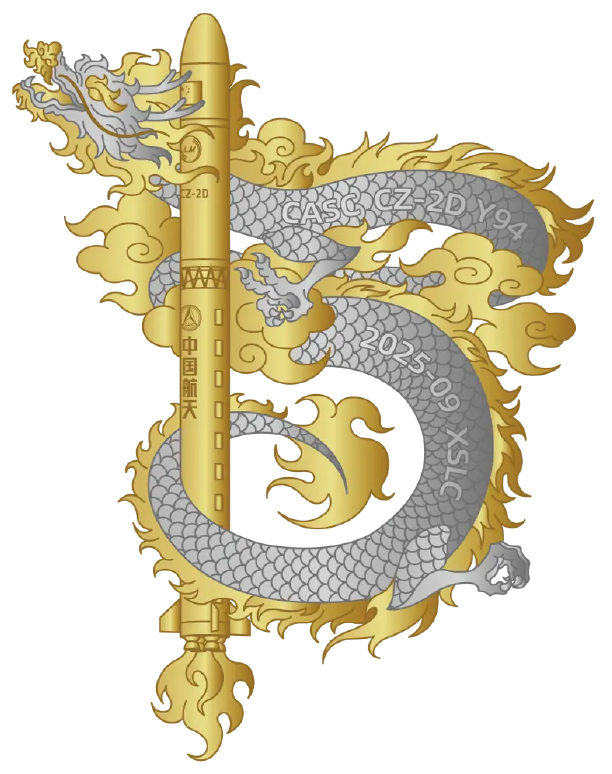
NEWS
Victory after Victory | Long March 2D was successfully launched with Shiyan-30 satellite, completing the 100th launch mission successfully
发布时间:
2025-10-24 10:13
At 11:00 a.m. on September 29, 2025, the Long March 2D launch vehicle successfully lifted off from the Xichang Satellite Launch Center, precisely deploying the Shiyan-30 satellites 01 and 02 into their destination orbits, signaling a complete success of the launch mission. Both the satellite and launch vehicle were developed by Shanghai Academy of Spaceflight Technology. The satellites are primarily intended for the testing and validation of Earth observation technology.

This launch marked the 100th flight of the Long March 2D launch vehicle, making it the second type of single-model launch vehicle with more than one hundred flights in China, which has created a new milestone in China’s launch vehicle history.

Upon arriving at the launch site, the test team of Long March 2D of Shanghai Academy of Spaceflight Technology adhered to the “first-flight” standards, upheld the “six strict” culture, and maintained an “empty cup mentality”, meticulously planning all operations at the launch site. Before site entry, the team repeatedly reviewed the key items such as mandatory inspection points, error-prone procedures, and polarity checks at the launch site, and further verified the inspection points and critical test data of each work to lay a solid foundation for the completion of subsequent tasks with high quality, high reliability, and high standards. At the same time, the model team established an expert group to ensure the success of the 100th launch mission, conducted specific reviews on satellite-rocket joint operation safety, recovery status of ground test and launch equipment, and control measures for excess propellant in the propulsion system, and strengthened quality management to ensure the successful completion of the 100th launch mission.
Under the leadership of the General Commander and Chief Designer, the satellite model development team made careful planning and meticulous arrangements, and completed integrated testing of the two satellites as well as all major tests within half a year. In response to the satellite characteristics, the test team streamlined the solar array deployment test at the launch site, with a focus on 70 key test items, including wired platform tests, wireless payload tests, and satellite simulation flights. Each verification task was carried out with cautious attitude. Every telemetry operation was cross-checked multiple times, and each data point was compared repeatedly. By taking these extra steps before launch, the team ensured greater safety for the satellites in orbit.
In 1990, the Long March 2D project was initiated in response to the urgent demand for launching a new generation of recoverable satellites. Since its successful maiden flight on August 9, 1992, it has become China’s primary launch vehicle for low-Earth orbit and sun-synchronous orbit missions by virtue of its high reliability, excellent performance, and strong safety.
As a steady, safe, and reliable “top model rocket”, the Long March 2D launch vehicle has been developed consistently following a philosophy of gradual innovation and optimized improvement, making repeated contributions to the flourishing of China’s aerospace industry. Between 1992 and 1996, under immense pressure and following a series of setbacks in China’s space missions, the Long March 2D achieved three consecutive successful launches, i.e., the “three victories”, injecting new vitality into China’s aerospace program. For these achievements, the Long March 2D was awarded the title of “High-Quality Launch Vehicle” by the former Aviation Industry Corporation of China, which marks the beginning of its illustrious journey toward a top model rocket. Over the subsequent 30-plus years, the development team has steadily enhanced the rocket’s inherent reliability through comprehensive technological improvements. They continuously explored new configurations, and consistently increased its payload capacity and mission reliability; they also strengthened its adaptability to missions, reduced the development costs, and expanded mission interfaces, enabling the rocket to undertake more complex and critical space missions.
To date, the Long March 2D launch vehicle has successfully placed over 300 satellites into their destination orbits, covering a wide range of satellite types including remote sensing, mapping, and space science satellites. These missions have provided strong support to scientific exploration, economic development, and technological advancement. In addition, the Long March 2D has provided multiple high-quality international launch services, establishing a prominent reputation for China’s space capabilities in the global market.

A hundred launch missions have witnessed three decades of brilliance. From the challenging beginnings of its maiden flight, through the continuous path of technological innovation, and onward to the resolute mission of building a strong nation, the remarkable history of the Long March 2D launch vehicle embodies the unwavering commitment and tireless efforts of successive generations of Chinese aerospace engineers. The “100th successful launch” is not an endpoint, but the starting point for new challenges. The Long March 2D development team will continue to uphold the “six strict” culture, and break through technological barriers with innovation as their tool; they will remain true to the original intention of “serving the nation through aerospace development”, and dedicate themselves to exploring space and supporting national development and public welfare to embark on the next century of successful missions.


A visual overview of the remarkable journey of the Long March 2D’s 100 successful launch missions